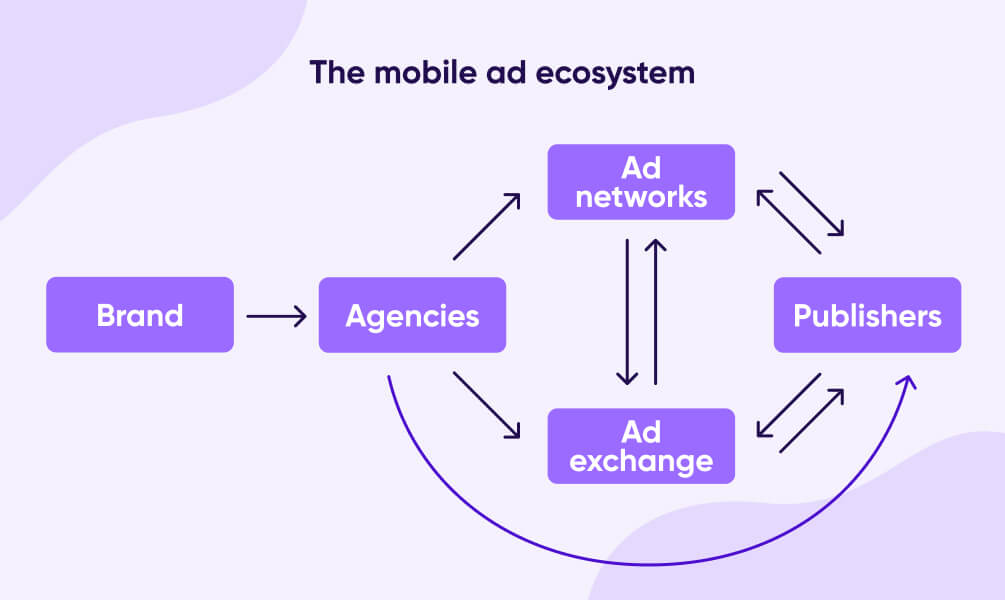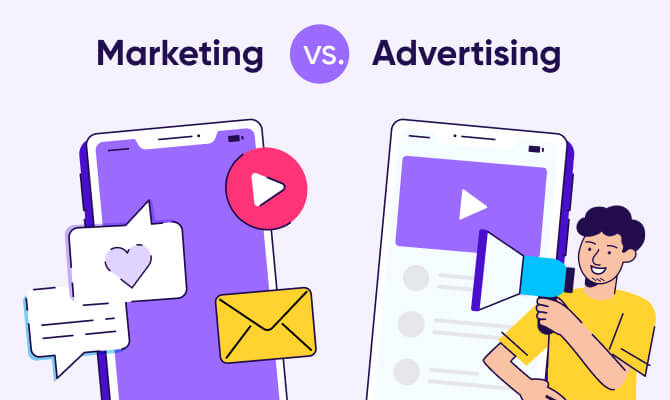What is mobile Advertising?
The term mobile advertising refers to any from of advertising that appears on mobile devices such as smartphones and tablet computers. Companies advertise on these devices with text ads (via SMS), banner advertisements, other display ads, and videos. Advertising may also be found when using downloaded apps, including mobile games.
How to Mobile Advertising Works
The latest technology has given consumers a wide range of options when it comes to how they consume media. People now spend more time on their Smartphones, tablets, and other mobile devices than they do sitting in front of the TV.
That’s due to the convenience and cost of these devices, not to mention the availability of wireless connections that allow people to go online and access content at almost any time and in many locations. To keep up with changing consumer habits and technologies, companies adapted their advertising campaigns by focusing on mobile advertising strategies. The chance that new and existing customers will see an ad is greater with a mobile device than with older, traditional options.
Because mobile devices typically have smaller screens than computers or laptop, mobile advertising is usually optimized for small displays.
Important: Consumers can remove ads by purchasing full or premium versions of an app.
Special Considerations
Companies tailor their ads to users based on users’ tastes and or their browsing history. For instance, ads that you may have seen on mobile sites and apps like Facebook are based on your web browsing history, geographic location, and other data such as online shopping habits.
Although mobile advertising helps keep company revenues up, it has prompted concerns about consumer privacy. That’s because companies use data mining and other intrusive methods to collect information about consumers as those consumers use their devices. Advocates argue that companies may share and even sell the data that they collect and use.
Mobile ad placement is determined by a programmatic bidding process. Advertisers bid in real-time for the right to place an ad on a mobile device. The infrastructure that allows for this process is known as a demand-side platform. The use of such platforms enables advertisers to optimize their ad performance based on key performance indicators (KPIs), such as effective cost-per-click (CPC) and effective cost-per-action.
Mobile Advertising Models
The earliest form of mobile advertising appeared as SMS text messages.4 But mobile ad campaigns quickly evolved into mobile web and in-app advertisements. One of the popular models in mobile advertising is known as cost-per-install, where payment is based on the user installing an app on their mobile device.

Cost-per-install mobile advertising networks work as either incentive (incent) or non-incentive (non-incent):
- In the incent model, the user is given virtual points or rewards to install a game or other app. Many apps offer a free version that can be downloaded at no cost. But which is paid for by placement of advertisements within the app.
- In the non-incent model, there is no incentive involved. This means that the ad generates interest in the potential customer without the use of any reward.
Mobile versions of websites also have advertisements that are optimized for mobile displays—smaller than they would appear on the full version of the same website.
Types of Mobile Advertising
Mobile advertising can take different forms. These include:
- Push Notifications: These pop-ups are delivered to consumers at any time. This means users don’t have to be on an app to get an ad notification.
- Image Text and Banner Ads: Users who click on these ads are redirected to the advertiser’s page in a browser.
- Click-to-Download Ads: When a consumer clicks on these ads, they are routed to the Google App or Apple App Store, depending on the consumer’s operating system and device.
- Click-to-Call Ads: Advertisers allow users to click on their ads to call them directly with their smartphones.
- Click-to-Message Ads: A consumer who clicks on this type of ad is directed to contact the advertiser directly via SMS.
Mobile Advertising vs Mobile Marketing
Mobile advertising may seem similar to mobile marketing, but the two are different. This marketing is a more general term that encompasses mobile advertising and other forms of marketing communications.

While it uses personal data, mobile marketing also makes use of technology. Such as location services to personalize ads based on user preference, habits, or location. This means that some mobile marketing may only appear when a mobile user is closely linked to a certain store or service provider.

:max_bytes(150000):strip_icc()/GettyImages-1041250178-bab4a031958d4d49bc7eb4d8adfa74ef-6c516dac5bff460b8bb379dabaa93601.jpg)